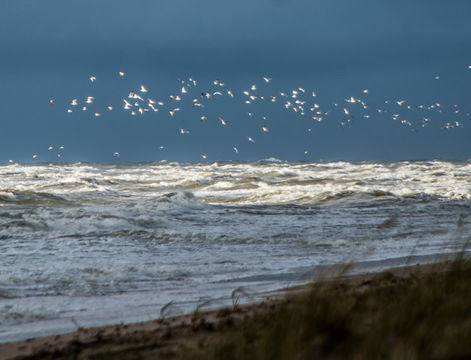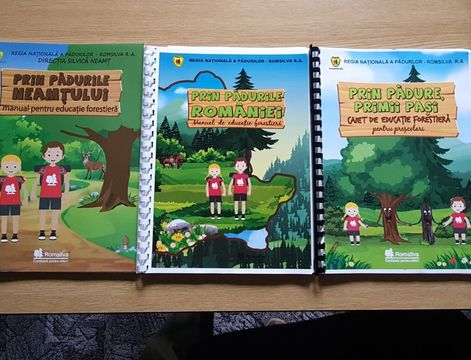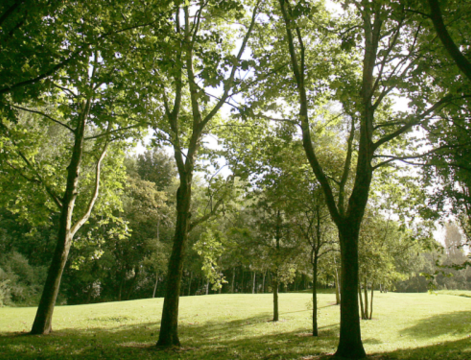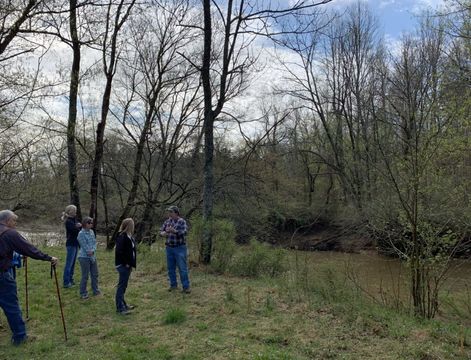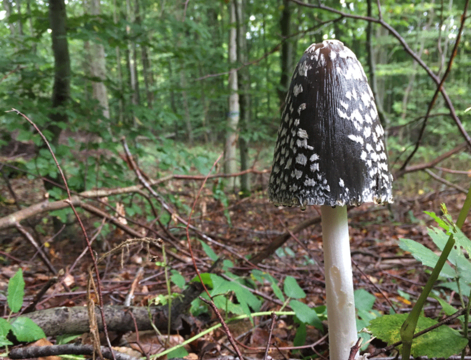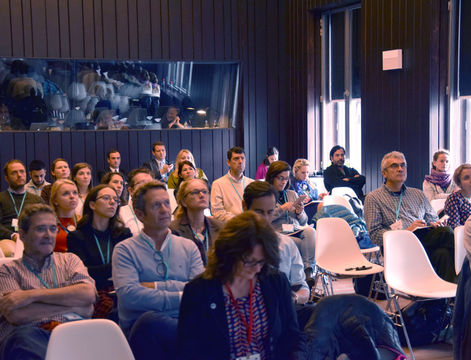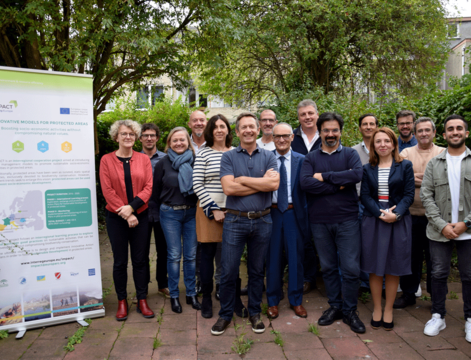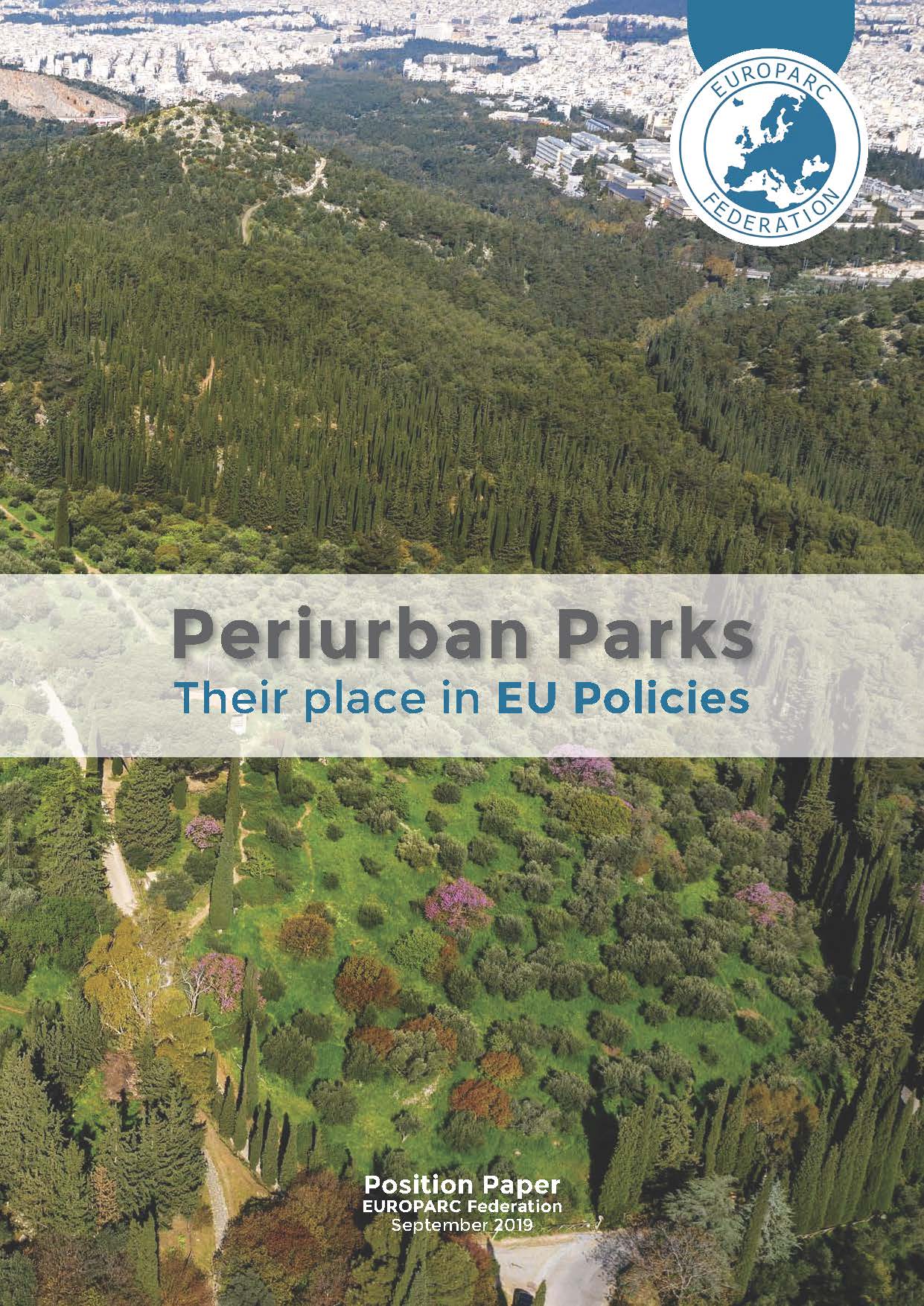Within the framework of the ESPARC Conference, which took place in Covadonga & Cangas de Onís (Asturias) , one of the villages located inside Picos de Europa National Park, IMPACT Partner P2 -EUROPARC participated in the Workshop on Sustainable Development of Protected Areas , which is the main topic of the IMPACT Interreg Europe project.
Four case studies were presented:
- STARLIGHT certification - Acoustic and light protection - - a new tool for Sustainable Development of Protected Areas and their areas of influence. It consists in promoting astronomical tourism to unseasonalise the tourism offer in protected areas and increase the number of overnight stays.
The case study presented showcased the Starlight certification through a participatory process in the National Park of Aigüestortes and Estany de Sant Maurici, in which the change in perception on the part of the local population stands out, because where a prohibition was seen, an opportunity has been perceived for the territory.
- The Alto Bernesga Biosphere Reserve in León, where the protected area has empowered the role of women to fix population through their incorporation into the world of work.
- The Cantabrian Rural Development Network NATUREA, a consolidated program in relation to the public use of the Cantabrian network of protected areas, managed by a private entity through an agreement with the public administration.
- The experience of the European Charter for Sustainable Tourism promoted by the Garajonay National Park - La Gomera. A participatory process to promote inter-institutional coordination and attract economic resources linked to sustainable development.
A workshop followed.
Participants split in two groups in order to identify : 1. what progress has been made in sustainable development & 2. what was hindering further development in protected and rural areas. Participants actively engaged in proposing solutions to promote sustainable development in protected areas.
The priorities identified at the workshop were:
1. To improve communication with local communities to disseminate both the results of management and the opportunities offered by protected areas. By doing so, the credibility of the professionals of the spaces increases.
2. Promote cooperation and transversality as principles for the management of protected areas, and to do this, seek to change the levels of governance, work in a network and the incorporation of social research.
3. To set and attract populations in protected areas and their environment, apply measures of positive discrimination, such as the promotion of private initiative and local entrepreneurship through tax incentives, and the identification of these territories as targets for the improvement of public services.




